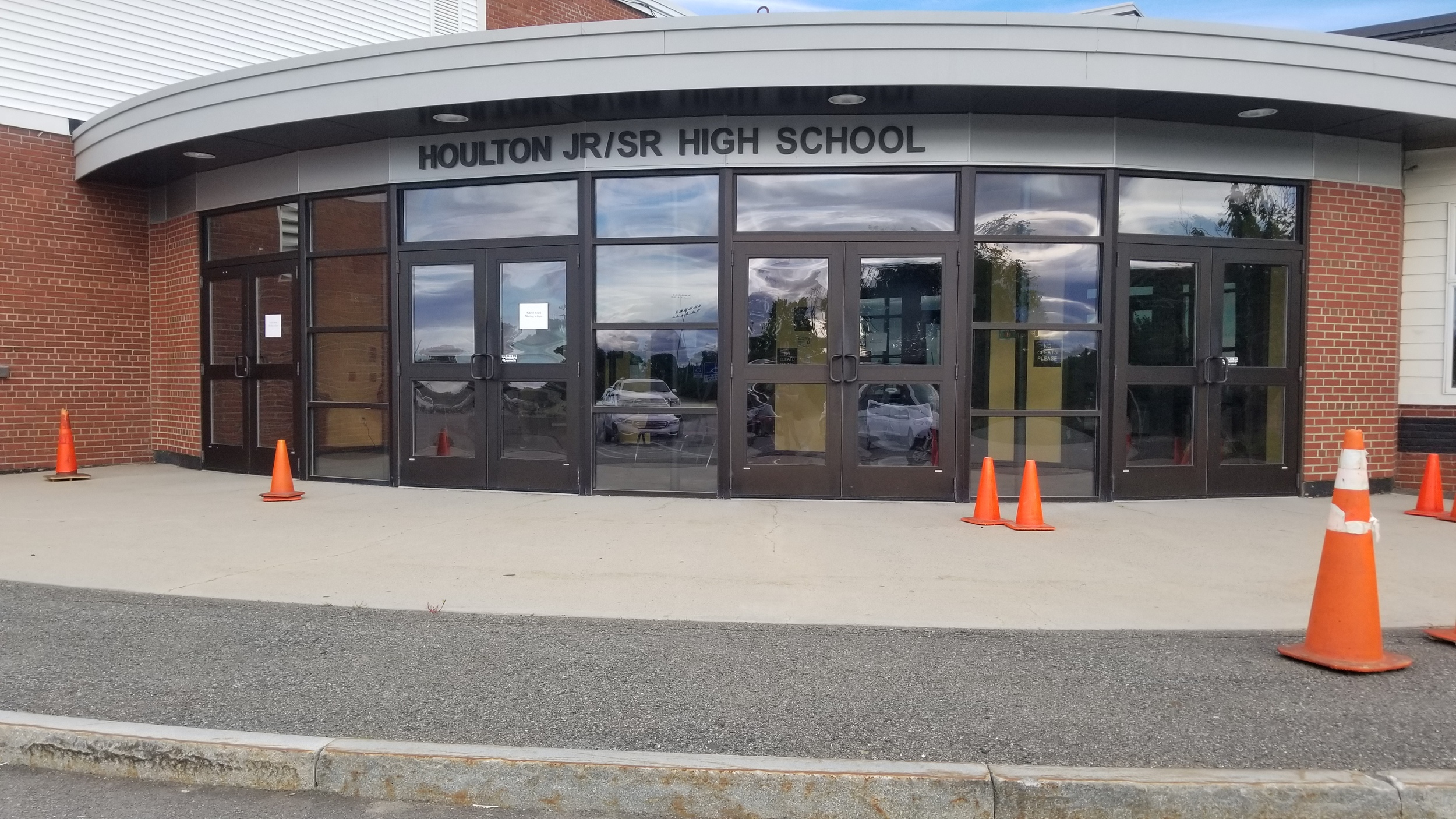HOULTON, Maine — With the start of school just a few short weeks away, the administration at RSU 29 has unveiled its plans for reopening classrooms for the 2020-21 school year.
Schools will reopen for in-person classes starting Thursday, Sept. 3, for all students in grades pre-K-12. However, any parent or student who is uncomfortable with the in-person education option because of COVID-19 may select remote learning.
“While the pandemic situation remains uncertain, we recognize the need to explore alternatives to the traditional instructional model for the upcoming school year,” RSU 29 Superintendent Ellen Halliday said. “This past spring, we experienced remote learning in a way that would reinforce skills and concepts that teachers had previously introduced.
“While that type of ‘emergency learning’ was adequate during that time, we recognize that our students deserve instruction that now moves their learning forward. It is incumbent upon us to provide structured, timely, challenging learning opportunities while ensuring the highest level of safety for staff and students.”
Each school in RSU 29 has a separate reopening plan, and all three plans are viewable on the district’s website.
“The initial survey we did showed about 85 percent of parents planning to send their kids to school in person,” Halliday said. “I really suspect the majority of parents will send their children.”
In order to get a better understanding of which method of education families desire, all parents must register their children using the online form on the district’s website. This form provides the district with data on which students need transportation to and from school; whether the student has reliable internet access; and whether the student will attend in-person or do remote learning.
The deadline for parents to register their children is Wednesday, Aug. 12. As of Monday, Aug. 10, only half of the surveys had been completed, according to the district’s Facebook page.
RSU 29 has worked to develop three scenarios that will allow students to continue in their learning process while also preparing for extended absences, social distancing requirements and potential school closures.
According to Halliday, all students who chose in-person learning will be required to wear masks during the school day and extra efforts will be made to ensure social distancing rules are in place.
Classrooms will be set up with tables properly spaced out, which for some rooms meant ordering new desks as many teachers had shifted to using tables, with small groups of students grouped together.
Keeping the school’s buildings sanitized on a daily basis will be a major challenge, Halliday said.
“Materials are hard to come by, but we have a disinfecting system that allows us to buy dry wipes and make our own sanitizing wipes,” she said.
Busing will be another major hurdle for every school district. Compounding the problem for RSU 29 is the loss of the district’s transportation director, Joe Schneider, who left for a position at the Region Two School of Applied Technology.
“We need more parents to be able to transport their children,” Halliday said. “We are looking at operating at about half capacity in our bus runs. And we really can’t add more runs because we do not have an extra bus or a spare driver.”
Those students who opt for the remote learning option will see a vastly different structure in place than the one used from March to June. According to the district’s website, remote learning will be structured like in-person classrooms.
“Last time, we didn’t know what students have for technology [in their home],” Halliday said. “We provided instruction that was typically not on new concepts. It was mostly review and taking concepts they knew to a deeper level.”
Halliday said teachers will take attendance, although it may look slightly different for remote students, teach lessons, give homework, tests and projects for students to complete as evidence of learning, and teachers will record grades as they normally have in the past. Students will need to engage in learning activities — often through video in real time with those sitting in the classroom — and complete work on time.
Families that choose remote learning are also committing to this method of education for an entire quarter or trimester, depending on which school the student is enrolled in. Parents can opt their child back into in-person learning if they find remote learning is not working for their student, but must contact the teacher and the building principal to make that change.





